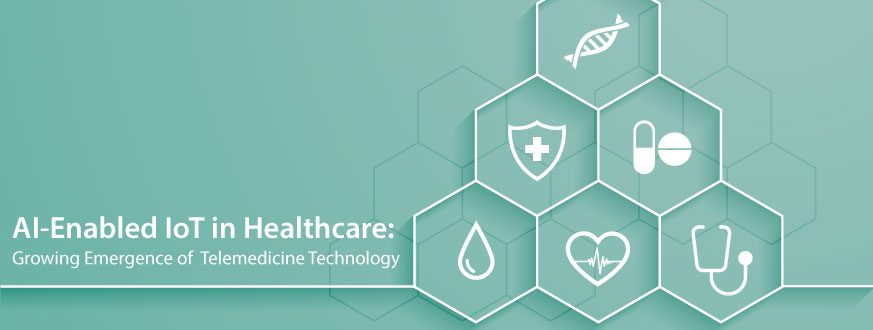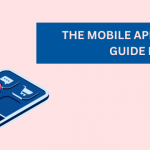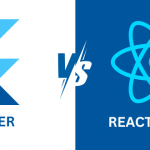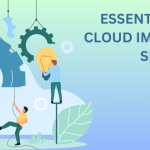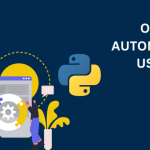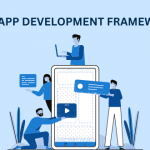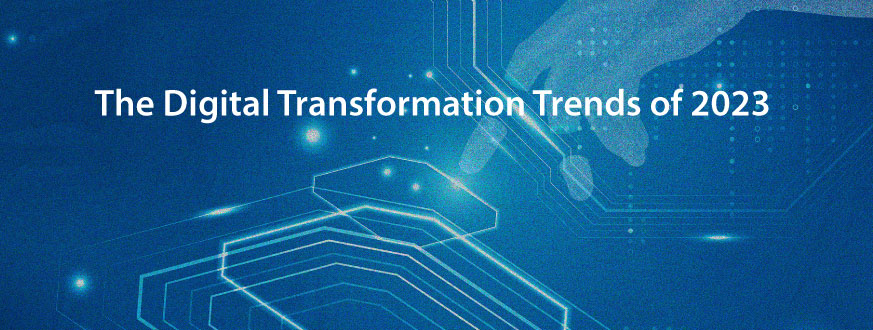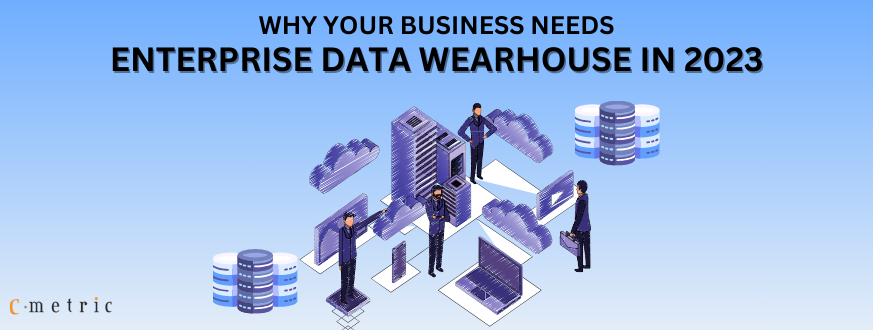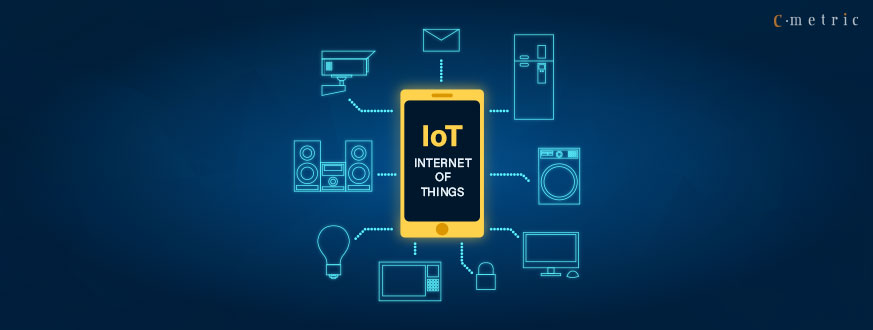Change is the only constant thing. As customers’ requirements/demands change, businesses have to modify operations, strategies, and technologies to ensure that the service delivery is aligned well with what is covered by the market. This is a universal truth.
When it comes to the healthcare industry, we have observed how rapidly things have upgraded since the world faced an alien pandemic. From in-person consultation, this industry shifted to virtual patient care.
Whatever advancements and upgrades we observed in this industry are majorly driven by AI & IoT. In this post, we will highlight the role of Artificial and IoT in healthcare industry and its adaptability scenario for telemedicine technology.
AI and IoT in Healthcare Industry – Now v/s Then
AI & IoT aren’t old concepts. Yet, these two technologies have managed to have a strong hold over businesses. The Artificial Intelligence market stood at 663.8 million and touched the mark of 6,662 million in 2021. The growth was expedient. The future seems bright for AI in the healthcare industry as market predictions say that AI penetration is going to touch the mark of $48.77 by the end of 2027.
Internet of Things isn’t falling short in any sense. Global IoT spending was $646 billion, which is likely to reach the mark of $260.75 billion by the end of 2027.
These figures indicate that this industry has a fervor for AI and IoT and offers ample opportunities to adopt these two technologies.
Possible Implementation Opportunities
When you can foresee the future and possibilities, you’ll be able to learn that AI and Internet of Things in healthcare have vast implementation opportunities for telemedicine. We present you with the most prominent one.
-
Wearable Technology
This is one of the widest technology implementations of AI and IoT. There are devices that end-users will put on their wrist, arm, or legs, and vital data such as heartbeat, blood pressure, steps taken, and many more will be automatically tracked. As the data is in real-time, better clarity on health conditions will be provided. This implementation is useful for detecting any hidden health concerns early and taking a preventive approach early.
-
Remote diagnostic and telemedicine
AI and IoT devices in healthcare services out of the periphery of the hospital. AI and ROI technologies are making remote or telemedicine delivery possible. Video conferencing technology and devices make everything from consultation to surgery possible.
-
Trials and drug development
The Healthcare industry requires continuous trial and drug development to deliver updated healthcare services. Medicine development that used to take more than 15 years can now be done in a blink of an eye. AI and IoT allow researchers to spot the research possibilities quickly, capture real-time information, process information/data quickly, and drive results quickly.
-
Medical Imaging
AI and IoT are here to make medical imaging more perfect than ever before. For example, Google’s image AI, DeepMind, can spot more than 50 eye-related diseases in a blink of an eye.
More powerful AIs can help medical professionals spot liver, lungs, and heart-related diseases with more accuracy.
-
Around-the-clock patient monitoring
The installation of remote patient monitoring devices is useful for keeping an eye on critical patients around the clock. These devices can capture the real-time health condition of the patient and update the caregiver when an emergency shows up. This has made a huge difference in timely assistance as even if caregivers are not physically present around the patient, they can ensure their well-being.
Need assistance to proactively connect with your patients?
Leverage our C-Metric’s result-oriented healthcare software development services to accelerate patient care by taking precautionary measures and exploring immense telemedicine technology opportunities.
Get In Touch
Adaptability Challenges To Face
It’s unquestionable fact that the adoption of AI and IoT in the healthcare industry will reap unimaginable benefits using which this industry player can improve patient care and speed up service delivery. However, it’s not an excuse to overlook the challenges one might face while adopting these two technologies. Have a look at the key challenges involved in the process.
-
Not every employee is technically-sound
This is the biggest challenge. Every employee has different technical competency. Some might be interested in gadgets, while few want to stay away from them. AI and IoT adoption is going to succeed only when every employee is going to make the most of it.
-
Improper handling of enormous data
The amount of data that these two technologies will capture is huge. While this data accessibility seems a good thing at first, it soon becomes a headache when the end-user isn’t able to handle it properly. Data that isn’t sorted and analyzed properly is of no good. However, doing so necessitates a wide range of resources and extensive efforts.
Anyone that fails to pull these things together will be fed-up with the data and dump it. Such a scenario will only create chaos.
-
Frequent system updates and upgrade
AI and IoT technology implementation isn’t going to bring desired results when system adaptability is lacking. You need data-driven devices to bring AI and IoT into action. The system you use to track/monitor/deliver AI, and IoT is highly adaptive.
This is why new versions and updates are offered. A non-adaptive system or a system that is adopting AI and IoT slowly will do more harm than benefit.
-
High cyber attacks
AI and IoT upload data to the cloud, which is the target of cyber security criminals. Industry players are struggling hard to keep crucial data out of the reach of hackers. They have to implement stringent security practices that are highly costly and effort-extensive.
Possible Solutions
Despite the challenges, integrating AI and IoT is required. So, it would help if you learned ways to fix or deal with these challenges. Have a look at possible solutions.
- Try to conduct a technical competency survey before you gear yourself for out-and-out AI and IoT adoption. The survey will help you determine how competent your team is in adopting these two technologies.
- Make use of customization. The best part of AI and IoT technology is that it will work as you wish. Unless you don’t use a pre-made solution, you can have a 100% customized tool. Use the survey findings and develop a solution that anyone within your team can operate easily. Opt only for required features.
- You can increase the system adaptability by replacing the legacy and non-working aspects with modern components. Keep an eye on the update and install a new version as soon as it’s available.
- When it comes to security challenges, the ideal way to deal with them is to have a dedicated application and system security team that will watch out for seen and unseen threats. Having a quick incident response and attack management approach is also crucial.
The Final Say
The face of the healthcare industry is changing with time. To maintain relevancy, industry players must adopt the moment’s needed technologies. Undoubtedly, using AI and IoT in healthcare is a must in the current scenario. Successful adoption of these two technologies can improve healthcare service delivery on every front.
In the course of adoption, it’s evident to face certain adaptability challenges such as lack of technical competency, no system compatibility, or inability to handle huge data amounts with utmost perfection. Leveraging C-Metric’s healthcare software development services, you can ensure easy and early adoption of AI and IoT in healthcare at your ease and convenience for more information Contact Us today.

